Jack Coulter: the painter who sees music in colour
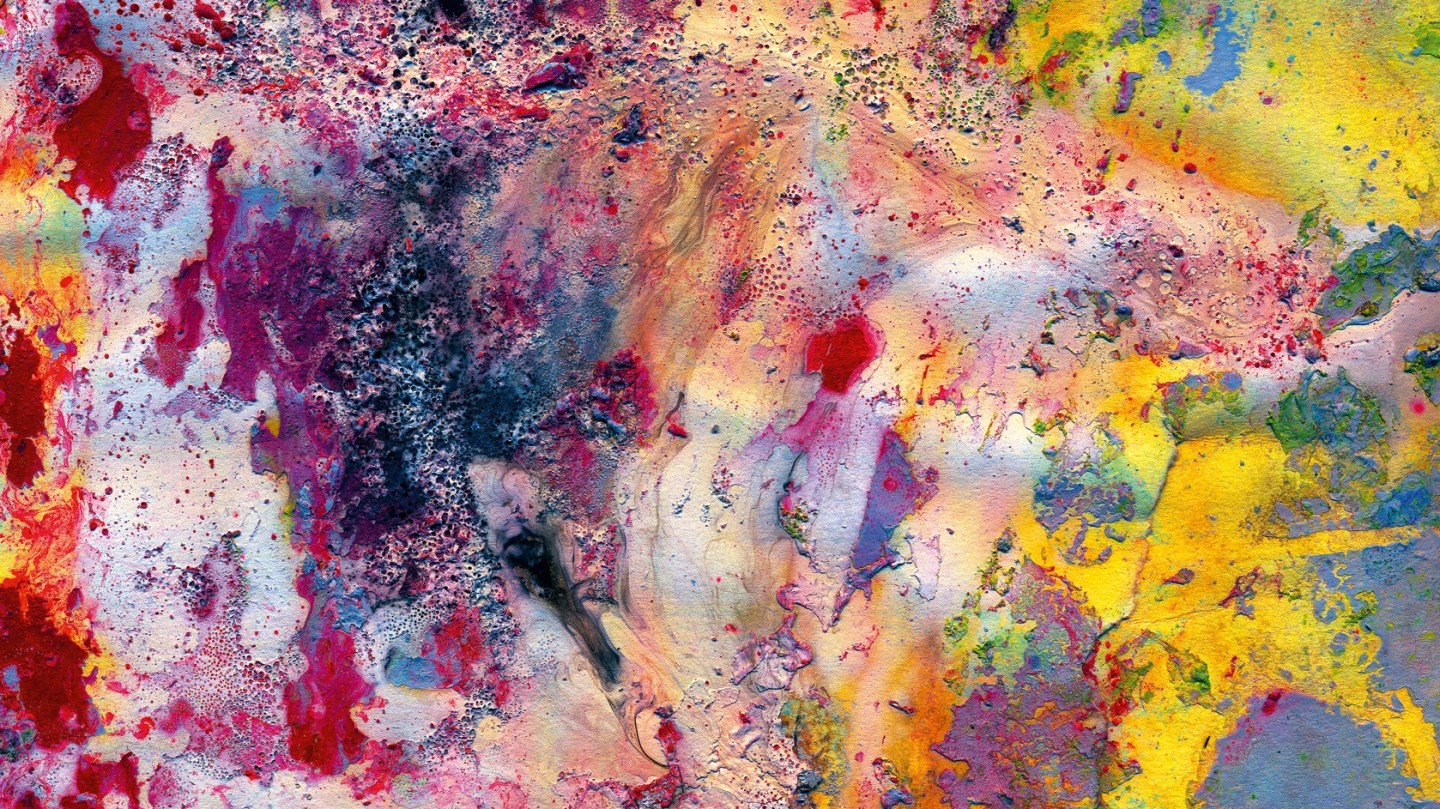
Roula Khalaf, Editor of the FT, selects her favourite stories in this weekly newsletter.
The neurological condition synaesthesia is often seen as nature’s genius button. Vladimir Nabokov, Duke Ellington, Arthur Rimbaud and Pharrell Williams are among those who have had, or have, the condition that sees people mix up their sensory perceptions – feeling sounds or tasting shapes, for example. Chromesthesia, in particular, means individuals involuntarily see colours when they hear sounds (and even when they don’t).
It is this out-of-the-ordinary ability that has made Northern Irish artist Jack Coulter one of the most popular and unusual abstract painters emerging today. He is especially celebrated for his links to music – his work can be found in the art collections of Paul McCartney and Patti Smith. He was asked to paint the entire line-up for the 2016 Glastonbury Festival, and a recent commission for the Freddie Mercury Estate found him interpreting the 1985 track Mr Bad Guy according to his unique perception of colours through sound.
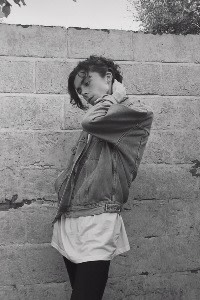
Becoming an artist used to have a clear pathway. Go to the right art school, get picked up by the right gallery, exhibit in the right institutions, and slowly climb the ladder into the establishment. Jack Coulter’s career defies these norms. Born and raised in Belfast, the 25-year-old has taken advantage of a stream of opportunities – both self-made and serendipitous – and is quickly becoming sought after. The Arts Council Collection of Northern Ireland bought some of Coulter’s work when he was just 21, making him the youngest artist to have work in the collection. More recently, Dazed Beauty commissioned him to depict scents by brands including Alexander McQueen, Chanel and Byredo. His pieces sell for upwards of £10,000, he has been commissioned by Island Records to produce an artwork for Jack Garratt’s latest album Love, Death and Dancing, and he has just completed a huge project for the Coca-Cola headquarters. In 2018, Coulter was invited by the London Chamber Orchestra to paint during its live performance of Mendelssohn’s Violin Concerto at Cadogan Hall. The video had more than two million views on Instagram before being archived, says Coulter. The physical, performative aspect of his work has since become part of his appeal. As has his elfin style: his paint-splattered worker boots are a distinctive and much-liked feature of his social media feed.
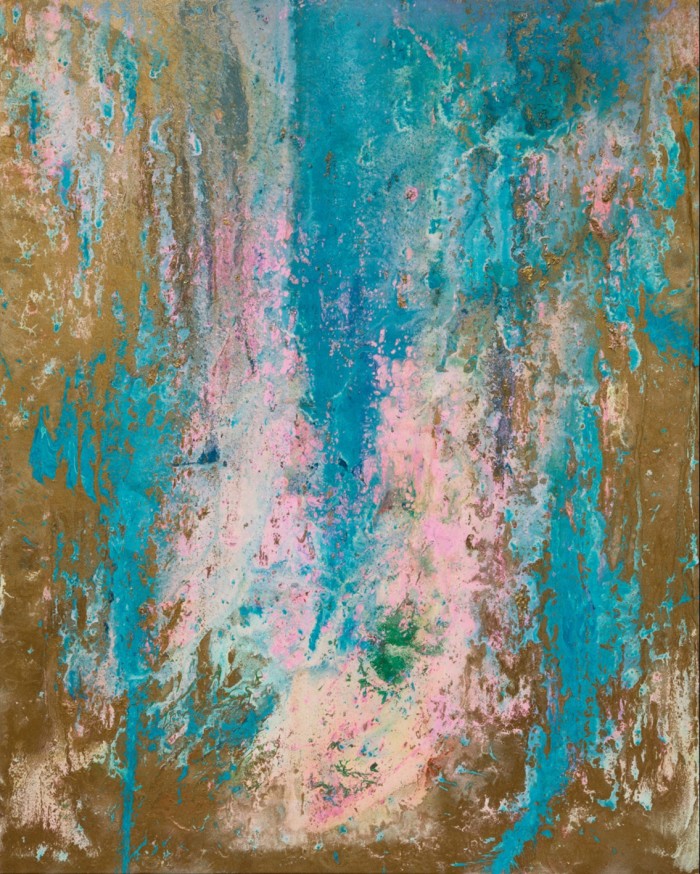
Unusually, however, he has never had a solo exhibition. “I’ve had offers over the past few years from gallerists and organisations in New York and London, yet they just didn’t fit into what I had planned at the time. Having a show wouldn’t be about selling work for me. It would need to be an all-encompassing audio-visual experience.”
Coulter’s approach is vibrant, violent, sometimes acidic and always unexpected, mixing his own pigments from anything he finds – yellow gloss paint with pomegranate juice, for example. Colour is something he cannot escape from. “My eyes pick things up – but so do my ears,” he explains. “It’s exhausting. Things actively shift in colour: there are times I’m looking at objects and they’re in subtle hues, then I focus again and the colour has changed. It’s a bit like staring at the sun and then looking away, and everything has weirdly morphed. It’s like that all the time.” It’s a challenge that “can be quite depressing. There are moments I don’t want to be in colour,” he says. “I remember I was at a funeral and I was seeing everything so intensely and bright. It was disorienting. I can’t even escape colour in my dreams.”
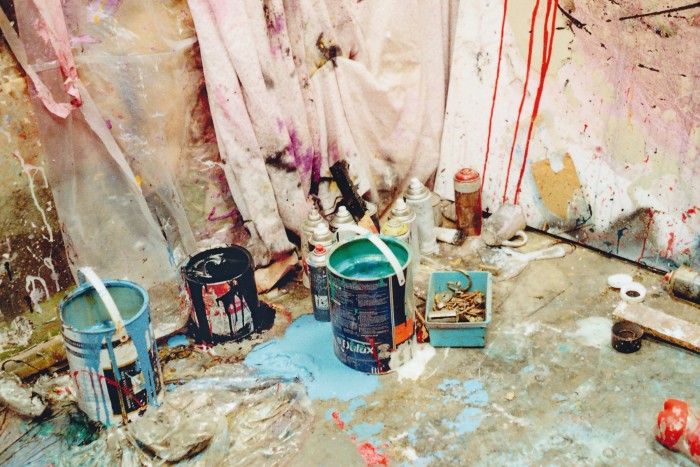
Painting is a way to positively manage, respond to and reclaim his experience. Coulter found his method by putting on a song and interpreting what he saw with paint, almost transcribing the results into artworks. His pictures have become a way to address how he perceives the world, make sense of the neurological rollercoaster he experiences. He has seen numerous neurologists for the severe migraines and disorientation he suffers, with little success, yet art has shifted things. “I know what triggers me. I’ve been through a lot of experiences. But things have gotten way easier… The migraines and disorientation are just strange, but I wouldn’t change anything, or the way I see things. I know it’s not normal, but I don’t know anything different.”
Most of Coulter’s works are created on the floor in his Belfast garage, where, instead of using brushes, he moves around the canvas pouring on paint directly and scraping it with whatever he finds near him – from bits of glass to tools. “It’s not a conscious effort to stay away from using the conventional artist things. It’s just the way I’ve always been. I’m a different person when I’m painting. I go into a totally different mindset. I have everything around me. I use a lot of second-hand house paint. I often work with liquid too, water and vodka. I just used Coke on the Coca-Cola pieces. I was a bit terrified it would start fizzing or something.”
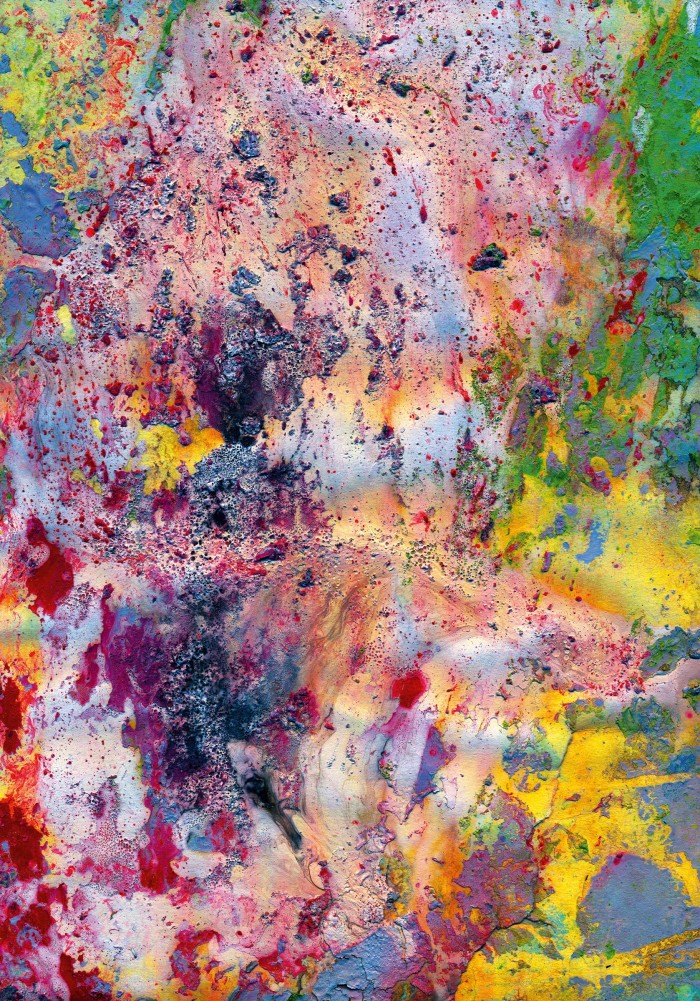
Coulter has always been erudite, culturally obsessed and slightly outside the norm. His mother instilled in him an interest in culture from an early age. “I vividly remember my mum taking me to the Yoko Ono exhibition in 1998. I was four,” he says. His late aunt, Christine, was an abstract printmaker and another huge inspiration. “She lived in Germany for a while and met up with artists like Georg Baselitz. She was a proper hero to me.” One of the first lightbulb moments in Coulter’s life was seeing a piece on Jackson Pollock in a vintage issue of Life magazine when he was very young. “It sparked something in me. I didn’t know a painter could be so authentic in pop culture and have celebrities owning their work. I became kind of fascinated by it.” He first started experimenting with house paint on canvas at the age of 11, while listening to his grandfather’s Miles Davis and Frank Sinatra records. Like the abstract expressionists, Coulter has always felt a connection to jazz. Yet his work feels contemporary – echoing the textured, colour-field paintings of Frank Bowling or the business-savvy confidence of Damien Hirst.
By the time Coulter was accepted into the Belfast School of Art, he was already creating album artwork for young musicians such as Derry band SOAK, which had signed with Rough Trade and was later nominated for the prestigious Mercury Prize. Likewise, he was quick to harness the potential of Instagram. “I wouldn’t exist without electricity and WiFi,” he notes, ironically. “I mean, there are millions of artists out there. I just started pushing. I never felt like anyone else. I didn’t want to be like anyone else. I made a decision. I wanted to share what I do, and for people to know what I do and what I am. I was so stimulated in my own world, I was thinking, ‘What if everyone else gets something from this as well?’” Neither does he have any qualms about approaching musical artists he likes with paintings of their songs – such as Paul McCartney (his take on The Beatles’ Yesterday), Patti Smith and Harry Styles (for one of Styles’ favourite songs, Fleetwood Mac’s Landslide). His is a ferocious work ethic: “I just thought that if I work extremely hard now it will benefit in years to come. As Tracey Emin said, ‘You have to crack a code.’ I always loved that quote.”
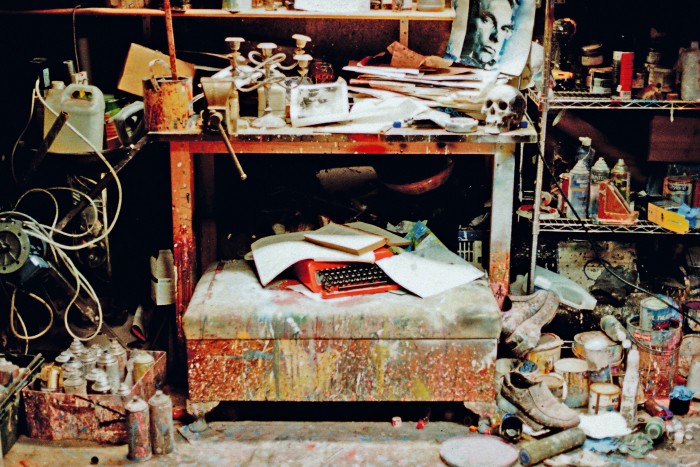
He manages his own career. “A musician doesn’t need a record label any more. An artist doesn’t need a gallery or management,” he says. Perhaps as a result, he doesn’t take his success for granted. “The loneliest and most painful years of my life were those starting all of this. I’m lucky to be here. I didn’t expect my larger canvases to be selling for five figures at this age. I put everything back into expanding my art. The best investment you can make is in yourself. I didn’t study business; I’ve had to learn through experience.”
Unsurprisingly, musicians in particular are drawn towards Coulter’s deep affinity with sound. Today, his work sits in the collections of Foals’ drummer Jack Bevan, Brit Award-winning music producer Mike Crossey and Queer Eye’s resident chef Antoni Porowski, who says: “Jack’s work is deeply emotional and he touches on my love of both music and art in a way I’ve never seen before.”
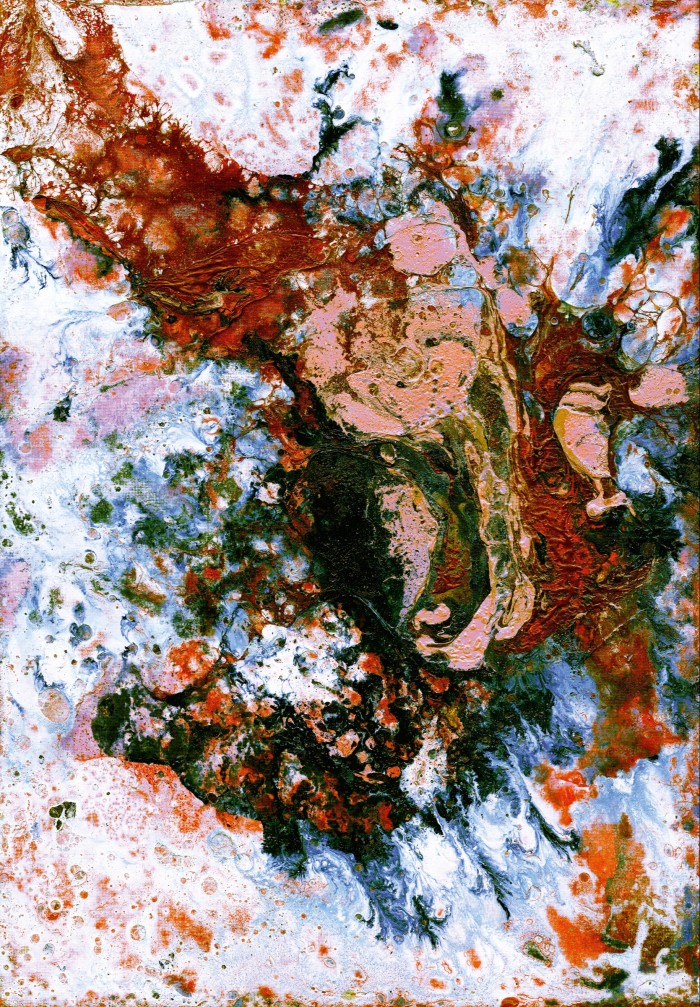
Mumford & Sons’ Ben Lovett is another fan: “The thing I love about Jack’s work is that I believe art should be felt first and contemplated second, and given the unique way in which Jack channels his synaesthesia, he does this naturally. I also love that I feel a connection somehow to his experience when I look at one of his pieces inspired by a song. More often than not Jack’s work makes me feel like the song does on quite a unique level.”
“We were drawn to Jack’s work because of the vibrancy of his colours and the harmony of his composition,” says the Freddie Mercury Estate, whose commission of a visual interpretation of Mr Bad Guy was in part inspired by the fact that the Queen frontman had studied art in Ealing and worked briefly as a freelance artist. “Within the spontaneity of Jack’s method, the composition and flow – so key in abstract art – as well as the balance that Jack achieves between the colours are fantastic. The level of detail in his paintings is mesmerising, with each close-up being a painting within a painting.” Upcoming projects include a commission for Abbey Road Studios and an album cover for Island Records.
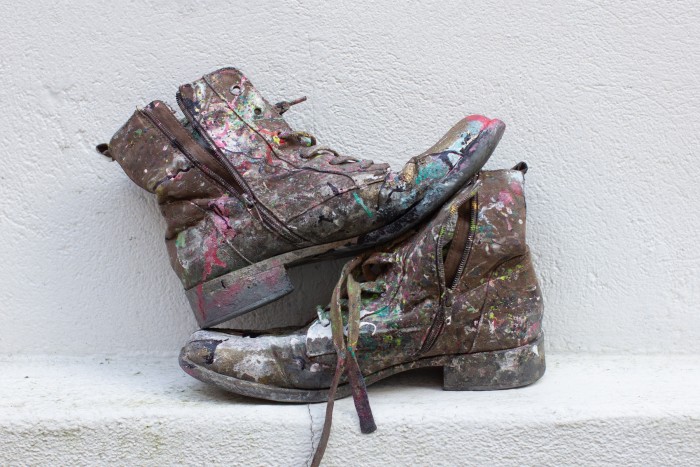
Coulter’s outsider approach has garnered an unusual level of popular appeal. In many ways he’s everything people want from an artist. Someone young, beautiful and emotionally sensitive, who is shut away, painting in their garret (or, in this case, garage). There is something authentic and perhaps even naïve about Coulter, which is a refreshing shift from a market of strategy and awareness. He is simply, authentically, an artist.
Comments